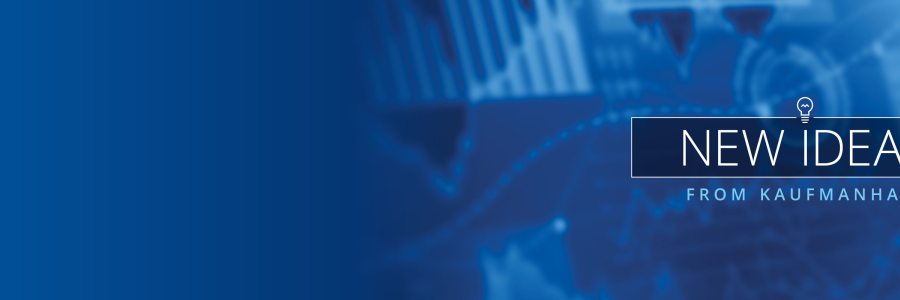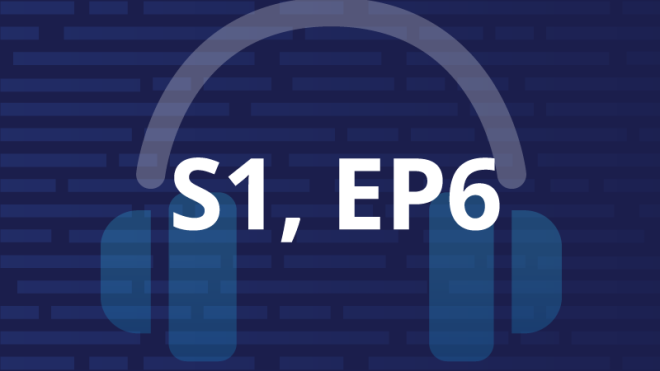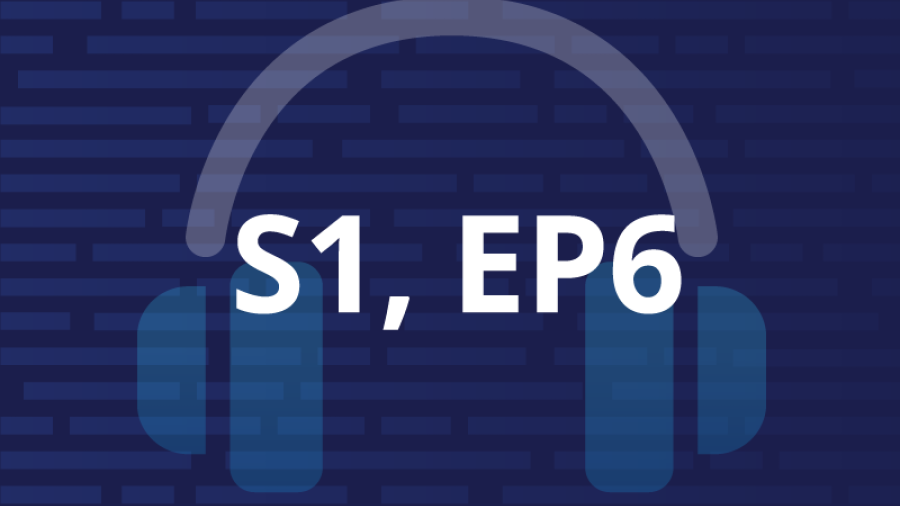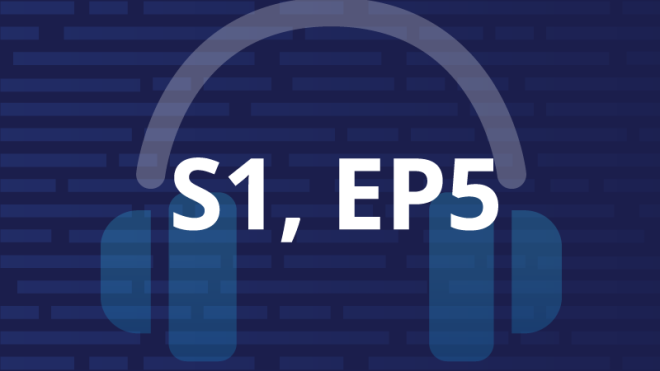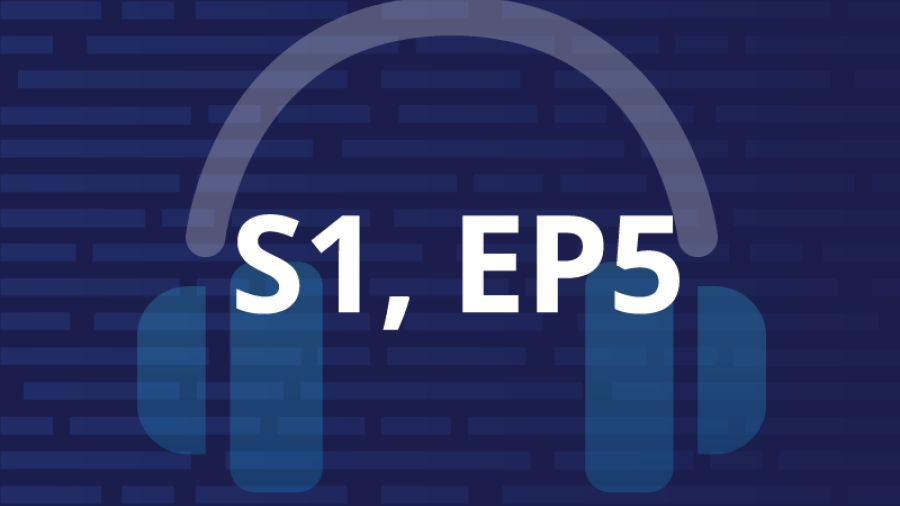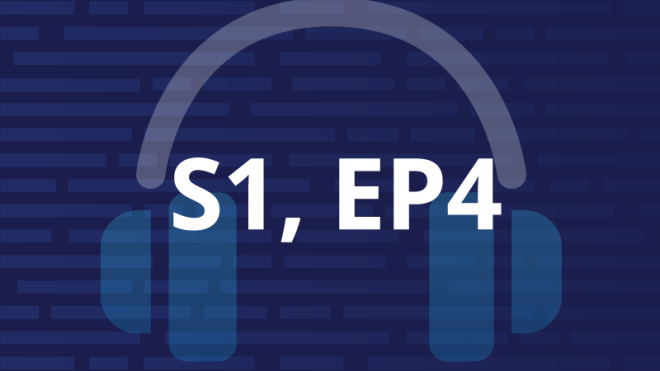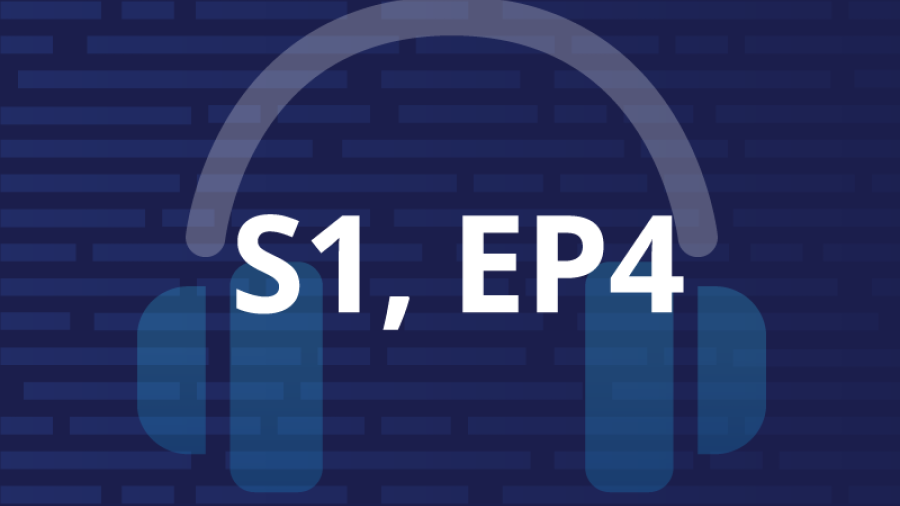The New Ideas from Kaufman Hall podcast series investigates emerging and unexpected trends in healthcare and beyond, featuring Kaufman Hall experts and guests from health systems, academia and related disciplines.
Season 1, Episode 7 - Improving Population Health, One Meal at a Time
Improving the health of the communities they serve has long been a goal of hospitals and health systems. But successfully executing population health initiatives is a challenging and time-consuming task that requires coordination and dialogue with patients, community leaders, and other stakeholders.
Shoeb Sitafalwalla, MD, medical director and founder of the South Asian Cardiovascular Center at Advocate-Aurora Health, recently joined the New Ideas podcast. Dr. Sitafalwalla explored his efforts to rally local restaurants and faith-based organizations to battle high rates of cardiac disease in the South Asian community—and how his vision for the center was inspired by a thirtysomething patient with unexpected chest pains.
The episode also explores:
- How health systems can make the business case for population health
- A novel partnership with restaurants and grocery stores to reduce sodium consumption
- How the center developed a name-based registry of potential patients
HOST
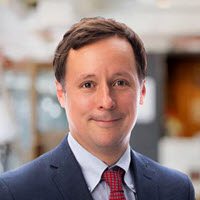
Haydn Bush
Haydn Bush has two decades of experience as a journalist and communications professional in healthcare and related fields. He currently serves as vice president in Kaufman Hall’s thought leadership department.
Prior to Kaufman Hall, Haydn worked in various communications roles at the American Hospital Association and McCabe Message Partners, an award-winning public relations firm focused exclusively on health and healthcare.
During his tenure as a writer and editor for Hospitals & Health Networks magazine, Haydn’s reporting on improving care and reducing costs for the patients with the highest healthcare costs received honors from the National Institute for Health Care Management Foundation and American Business Media.
GUEST

Shoeb J. Sitafalwalla, MD
Shoeb J. Sitafalwalla, MD, is a board-certified cardiologist with Advocate Medical Group and is the founder and Medical Director of the Advocate Heart Institute South Asian Cardiovascular Center, the first center of its kind in the Midwest designed to serve the South Asian community through a unique combination of community outreach, culturally sensitive advanced clinical services, and research. He has developed a number of public health initiatives including a restaurant sodium reduction campaign with the Chicago Department of Public Health.
Dr. Sitafalwalla earned his B.S. in Bioengineering at the University of Illinois at Urbana-Champaign. He then matriculated into the University of Illinois at Chicago College of Medicine, where he earned his M.D.
Transcription
Haydn Bush: Welcome to New Ideas from Kaufman Hall. I'm Haydn Bush. In the last decade, the idea of improving the health of entire populations has captivated the attention of hospitals, physicians, and other healthcare providers. But moving from that aspirational goal to identifying health risks, targeting individuals, and activating entire communities is easier said than done. Dr. Shoeb Sitafalwalla is Medical Director and founder of the South Asian Cardiovascular Center at Advocate-Aurora Health. The Illinois-based center works with businesses, faith-based organizations, and other community groups to address high rates of cardiac disease in the South Asian community. The population health initiative got its start after a 30-something man came to a hospital emergency room with chest pains on a day Dr. Sitafalwalla was working as an on-call cardiologist.
Dr. Sitafalwalla: The South Asian Cardiovascular Center really crystallized for us with a particular clinical case. I happened to be on call that day as a cardiologist at one of our flagship hospitals, Advocate Lutheran General. We had a young 33-year-old man who never smoked, never drank, never really sick a day in his life, and he was a new father of a four-month-old son. He was taking his son to his pediatrician for a check-up. His son was strapped into the backseat. His wife was taking care of the child in the back. And just [driving] down a local road in Des Plaines, Illinois, he started feeling chest pain and shortness of breath. And he remembered that's exactly the way his father felt right before he died at age 64. So, he pulled over to the side of the road and called 911. Pretty quickly, he was in our emergency room and about 19 minutes later, we had his artery opened—which was his left circumflex artery that was supplying nearly a third of his heart muscle. Everybody was kind of high-fiving each other, and feeling good about the fact that we saved this young man's life, and it’s just another day in the work of a cardiology department.
But, after that initial excitement kind of faded, I think a lot of us started asking what would have happened if this gentleman went to his doctor a day before, a month before, a year before this incident happened. That physician would have probably said, "Everything I've learned in medical school, residency, and in my training tells me that I'm supposed to use a set of risk factor tools." [His doctor] would pull out an app on his phone or just pull up a textbook, [then] this gentleman would have been told that—despite a family history of heart disease—his risk for having a heart attack at 33 would have been almost zero. In fact, most of the apps don't even calculate risk for under the age of 40. That was an aha moment for us. Technically, in our healthcare system, there is nothing we could have done to prevent his heart attack except just wait. When you are in the business of population health—and even outside of just health policy—the ethical obligation of making sure that all of your patients have access to good preventive care, that simply was unacceptable to us.
And it turned out that that gentleman was not a singular incident. He was actually one of six cases of men under the age of 40 [who were] South Asian, that I had encountered in that year alone who had acute heart attacks. We realized that this gentleman who had come to the emergency room was not the exception but rather the rule. We realized as we delved into the research that nearly 25% of heart attacks among South Asians occur under the age of 40. Fifty percent of heart attacks occur under the age of 50. Nearly a third of heart-related death occurs under the age of 65. And while more women die of heart disease than all cancers combined, South Asian women have nearly a 50% higher risk of dying of heart disease than any other major ethnic group in the United States.
Bush: Dr. Sitafalwalla knew that the center would have to be keenly attuned to the needs of the local South Asian community and connect with individuals in the course of their day-to-day lives. The center's community outreach strategy ultimately engaged everyone from religious leaders and local restaurant owners to the Consulate General of India.
Dr. Sitafalwalla: Our basic philosophy broadly was if you can intersect the community where they earn their money, where they spend their money, and where they worship, then you have a chance at not only educating them, but motivating them to take the next step. In that vein, we had spent quite a bit of time working with community leaders from faith-based communities to businesses, trying to increase awareness of heart disease, to really track the patient and the population along their day-to-day consumer experiences. We had this elaborate network of community outreach in the faith-based community. But what we wanted to do was make sure that we could also reiterate what we were telling them, when they would go to their favorite South Asian restaurant on the weekend or their favorite South Asian grocery store. We compelled our business owners within the South Asian community—particularly restaurant owners—to come to the table. Initially, it was just a lot of cold calling, getting people to give up a couple hours on a Wednesday afternoon to come to a table. We always partner with local agencies, so we partnered with the Chicago Department of Public Health, because the majority of the restaurants were in the Devon Corridor, which is kind of the Little India area of Chicago. And we enlisted the help of the Consulate General of India, who serves as the ambassadorial presence for the government of India in Chicago.
We brought all of these people together at the table and simply said, "These are the facts. You have an opportunity to do something." We started with sodium reduction. We very well could have done something else, but sodium reduction was something that was easy and proven to do. The Philadelphia public health community had done it with the Chinese restaurant community, and we thought we could emulate it with the Chicago South Asian restaurant community. And we simply challenged them. We said, "Look, we will supply you with a dietitian and knowledge expertise that will sit in your kitchens with your chefs and cooks to look at your overall supply chain, your workflow. And your goal is to reduce sodium by 10% overall—not create a set of items that are low sodium—but overall reduce the salt output by 10%. And in exchange, you're going to help your community, and we'll use the social media and media spotlight that we have at our healthcare system to bring attention to your leadership within the community." And the Consulate General of India really tried to emotionally compel them as South Asians to really help the diaspora.
And the result was really interesting. They were very open to the education. We actually were able to get secret shoppers to go into the restaurant and test the food both subjectively as well as objectively, by actually sending the food items to an independent lab in Iowa. Not only did we reduce sodium by 10%, we actually reduced it by over 22%. When the community went to these restaurants and sat down at their table, they would see table tents that simply said, "We are participating in an initiative to make our community a healthier community, to reduce the risk of heart disease, and so should you. If we can do it as restaurant owners, you can do it in your own kitchens." It was that lead-by-example methodology that we were able to really initiate within the community.
Bush: The center also had to find a way to identify South Asian patients, which proved challenging given the lack of hospital ethnicity data. So Dr. Sitafalwalla and his team devised a solution: a named-based registry that identified 37,000 individuals. The registry also uncovered some surprising gaps in care.
Dr. Sitafalwalla: As far as I know, it’s the largest clinical registry of South Asian patients in the country right now. It counts for roughly 15% of the South Asians that live in Illinois. And immediately upon doing this, we were just struck by the trends that we were seeing in the data. We saw gaps in care that we frankly didn't realize we had. For example, we know the prevalence of diabetes among South Asians is roughly 30%, but the prevalence of diabetes among South Asian patients in Illinois that were cared for in our system was somewhere around 4.2%. Now, we by no means believe that our South Asian patients are healthier. We recognize the fact that we just weren't doing a good enough job of screening our South Asian patients for diabetes, often because most South Asian diabetics are not obese, and we often think of diabetic screening in the obese category of patients. That really inspired us to start educating our physicians on these issues, which we have [done] through computer-based modules and other forms of education.
Bush: To raise awareness of potential risks, the center crafted a highly tailored social media plan.
Dr. Sitafalwalla: We created a 25-part curriculum of 30-90 second videos that inform and educate the South Asian community about their culturally-specific risk. We were able to deploy those videos on social media platforms by the very zip codes and characteristics we were able to glean from our data exercise. It's a very targeted way of educating the public, rather than just putting a billboard up on a highway.
Bush: Ultimately, Dr. Sitafalwalla believes population health initiatives can generate a strong business case while helping health systems fulfill their missions.
Dr. Sitafalwalla: When we created our registry of 37,000 patients, nearly 10,000 of these patients were partial risk or value-based lives. Letting these patients walk around with diabetes and not know about it was not in our financial best interests at all. And if you're talking about a population that's affected by disease earlier in life, all you're really doing is taking on more risk over a longer period of time. While the “N” was overall low, the overall potential cost could be quite high compared to other groups. It became imperative for us to invest in the necessary resources to understand this patient population. On a much more strategic level, if you're willing to truly invest in that patient population out of genuine concern, you will naturally become an affinity site for that patient population. And that's what we've done. And even in the fee-for-service world, we have benefited from that by doing the right thing. It’s really a win-win-win situation: win for the patients, win for the healthcare system, and frankly, win for the payers, because it's really reducing [the] cost of care. It's easier and cheaper to prevent a heart attack than to have it. Sometimes, just doing the right thing in this way, even though it's maybe a little outside of our clinical paradigm, can mean a great deal. In Chicago, cardiovascular disease among South Asians is no longer a surprise. When we first started out, people were just shocked, even though they all knew a cousin or a brother or a colleague that had heart disease at a fairly young age. Now when we walk around to the various communities, people understand it. That shock value has gone down which, to me, is a big thing.
Bush: Thanks for listening to New Ideas from Kaufman Hall.
